Antoni Clavé (5 April 1913 – 1 September 2005) was a Catalan master painter, printmaker, sculptor, stage designer and costume designer. He was nominated for two Academy Awards (Best Art Direction and Best Costume Design) for his work on the 1952 film Hans Christian Andersen. Clavé was one of Spain''s best known and most celebrated artists. His work evolved from a baroque, ornamental style to a pure, minimal aesthetic. In his later years, his work is completely abstract, employing expressive lines and exploring the boundaries of collage, objet trove, shading, texture and colour. He was trained at the School of Fine Arts, Barcelona, where he was taught by Angel Ferrant and Felix Mestres. with his works being influenced by artists such as Bonnard, Vuillard and Roualt. He is best known for his lyrical abstractions, works which combine paint with collage. Clavé fought in the Republican Army in the Spanish Civil War, and served as draughtsman for the Republican government. He arrived in France as a refugee in 1939 and went straight to Paris to work as an illustrator. His first one-man exhibition was held at the Au sans Pareil bookshop, 37 Avenue Kleber in Paris in 1940, where Max Ernst and other leading figures from the Dada movement had their first exhibitions in the 1920s. In 1944 Clavé met Picasso and began making figure compositions that were deeply influenced by Picasso''s work, featuring kings, harlequins, children, and still lives. His theatrical designs have appeared on stages in New York, Munich, London and Paris, as well as in the 1952 film Hans Christian Andersen. His works include sets for opera, theatre, and ballet, most notably for Roland Petit''s ballet company, Les Ballets des Champs Elysees (1945-1951) including Los Caprichos (1946) Carmen (1949) and a comic ballet choreographed by Roland Petit called Deuil en 24 Heures.In 1951 he designed La maison de Bernarda Alba (The House of Bernarda Alba) for director Marcel Achard at the Theatre de l''Oeuvre in Paris, and in 1962, a production of The Marriage of Figaro for Maurice Sarrazin at Théatre de la cour de l''Archeveché in Aix-en-Provence. In 1957 Clavé began to design rugs and from 1960 he began to work on sculptural bas reliefs, assemblages and totem-like sculptures of wood and modelled or imprinted led.He also used some objets trouvé. In 1965 Clavé moved to the South of France, near Saint-Tropez. The 1992 Summer Olympics (Spanish: Juegos Olímpicos de Verano de 1992, officially known as the Games of the XXV Olympiad and commonly known as Barcelona ''92, were an international multi-sport event held from 25 July to 9 August 1992 in Barcelona, Catalonia, Spain. Beginning in 1994, the International Olympic Committee decided to hold the Summer and Winter Olympics in alternating even-numbered years. 1992 was the last year in which both the Summer and Winter Olympics were staged.The 1992 Summer Games were the first since the end of the Cold War, and the first unaffected by boycotts since the 1972 Summer Games.1992 was also the first year South Africa was re-invited to the Olympic Games by the International Olympic Committee, after a 32-year ban from participating in international sport.
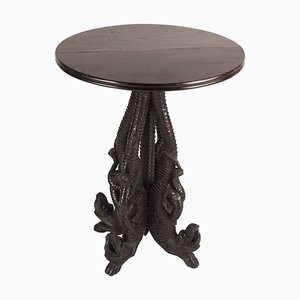
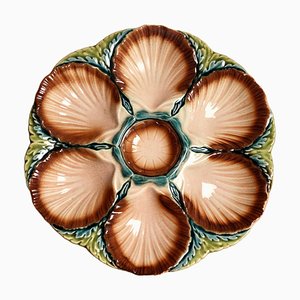
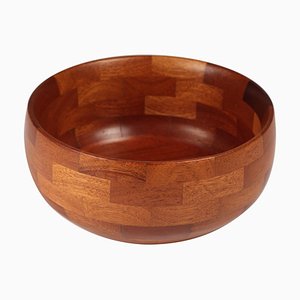
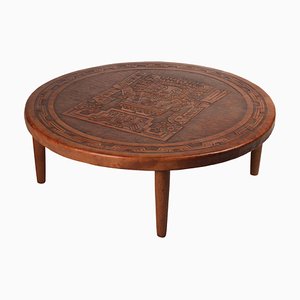
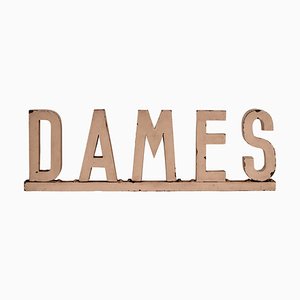
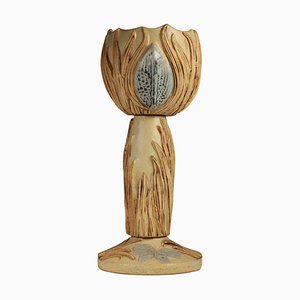

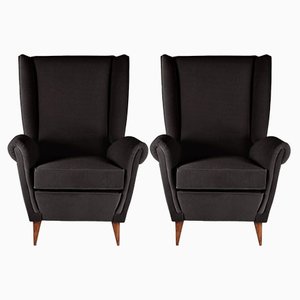
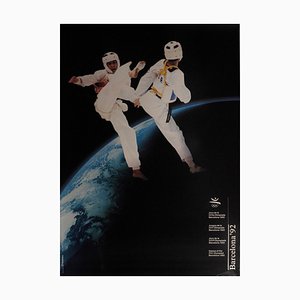
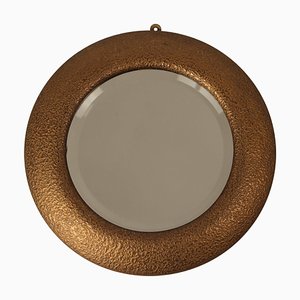

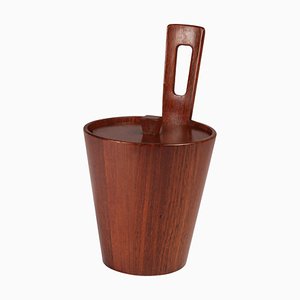
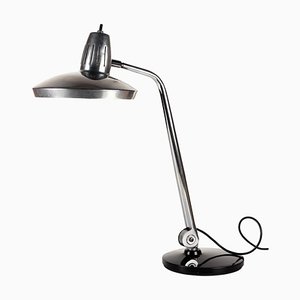
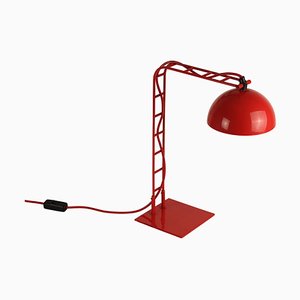


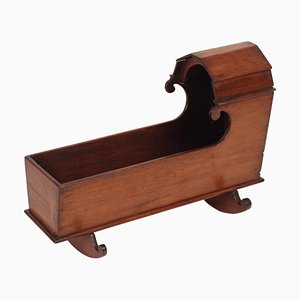
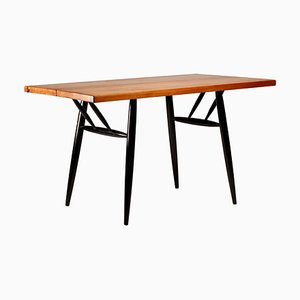
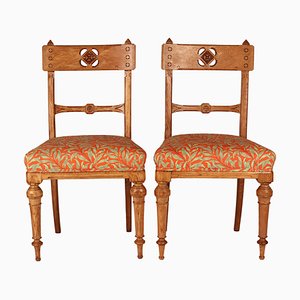
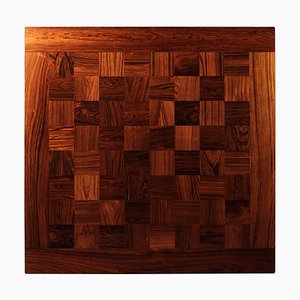
Get in Touch
Make An Offer
We noticed you are new to Pamono!
Please accept the Terms & Conditions and Privacy Policy
Get in Touch
Make An Offer
Almost There!
To follow your conversation on the platform, please complete the registration. To proceed with your offer on the platform, please complete the registration.Successful
Thanks for your inquiry, someone from our team will be in touch shortly
If you are a Design Professional, please apply here to get the benefits of the Pamono Trade Program